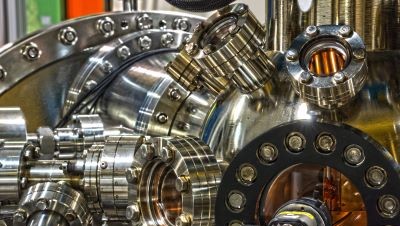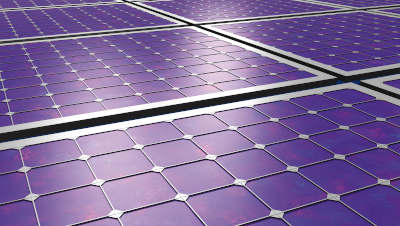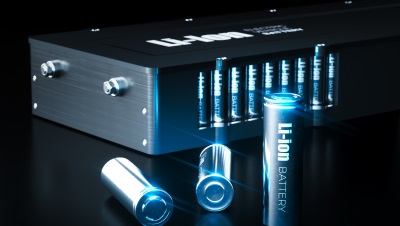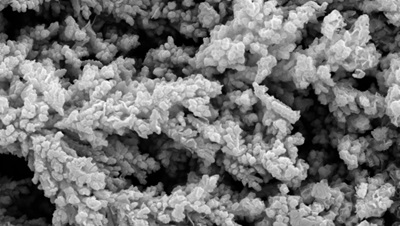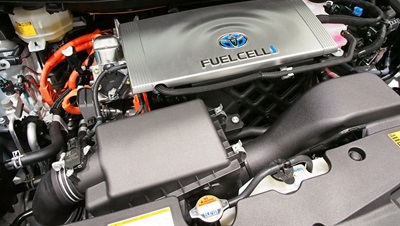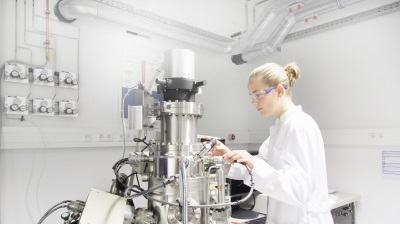Blog
Advancing Precision in Plasma Enhanced ALD: The Role of the Hiden EQP Series
In materials science, precision in thin film deposition processes like Plasma Enhanced Atomic Layer Deposition (PEALD) is paramount. The ability to...
How Does Inverted Electrode Geometry Impact Ion Energy Analysis in Mass Spectrometry?
Right now, the market for mass spectrometry is on the rise. In fact, by the time we arrive in 2029, it is expected to be worth around $9.17 - $14.6...
How Kinetic Analysis Sheds Light on Catalytic Reactions
Catalysts play a large role in chemical research by accelerating chemical reactions. Using the kinetic analysis of catalytic reactions can help us...
Unlocking the Future of Solar Energy with Advanced SIMS Analysis
The Rising Demand for Efficient Solar Solutions As the global community shifts towards renewable energy sources, solar voltaics have emerged as a...
Revolutionising Clean Combustion with Advanced Analytical Tools
In the quest for sustainable energy solutions, clean combustion technology stands out as a beacon of hope. This groundbreaking approach not only...
Decoding Electrode Chemistry for Battery Development
The world of battery development is being transformed by the intricate chemistry of electrodes. They play a key role in enhancing energy densities...
Why Gas-Phase Dynamics are Central to Low-Pressure Plasma Applications
Low-pressure plasma applications are pivotal in the advancement of materials science and surface engineering. They offer unparalleled precision and...
Using TGA-MS to Explore Novel Hydrogen Carriers for Fuel Cells
Hydrogen (H2) production is pivotal in the global shift towards a net-zero carbon economy. Its elemental abundance and zero-emission combustion...
How Residual Gas Analysis (RGA) Factors into Leak Detection
Leak detection is an essential aspect of vacuum operations, underlying critical performance indicators like cost, efficiency, and safety....


